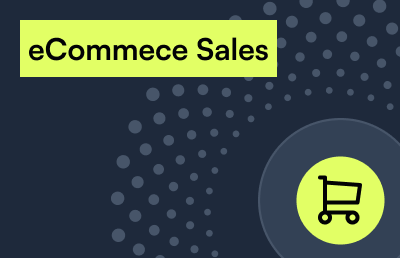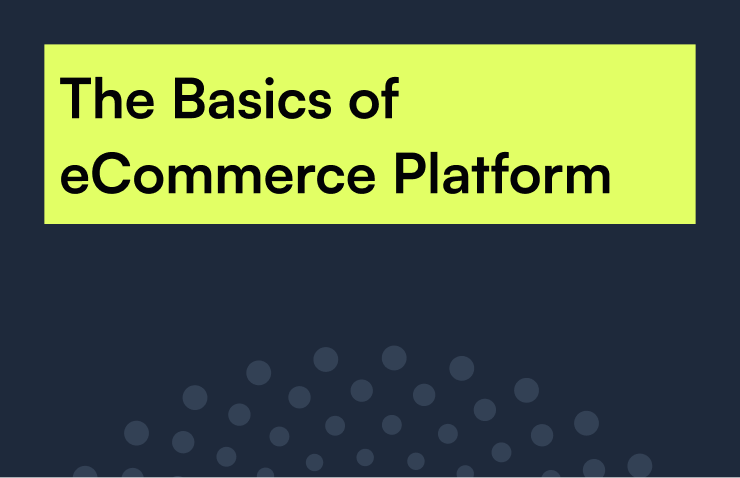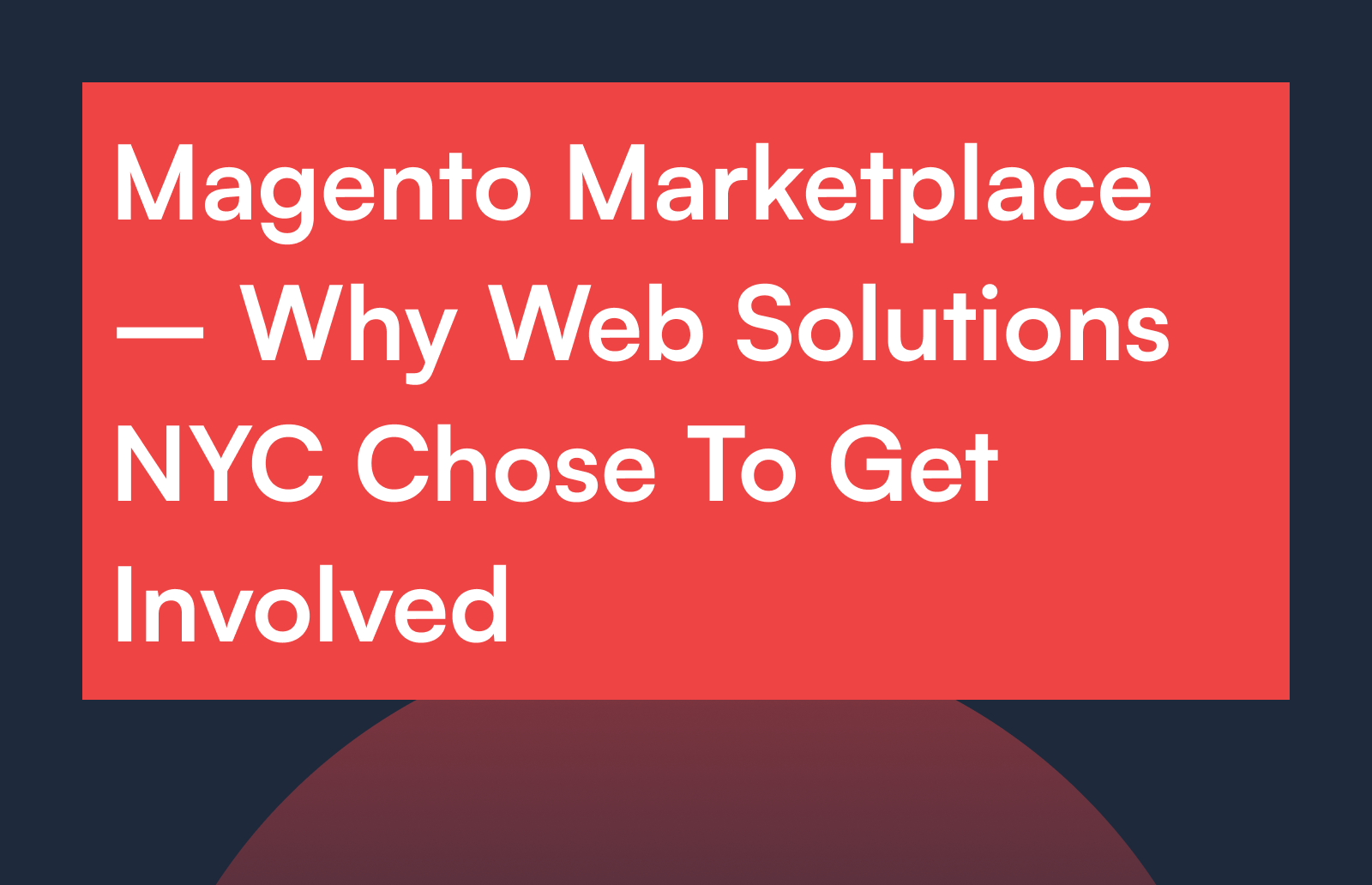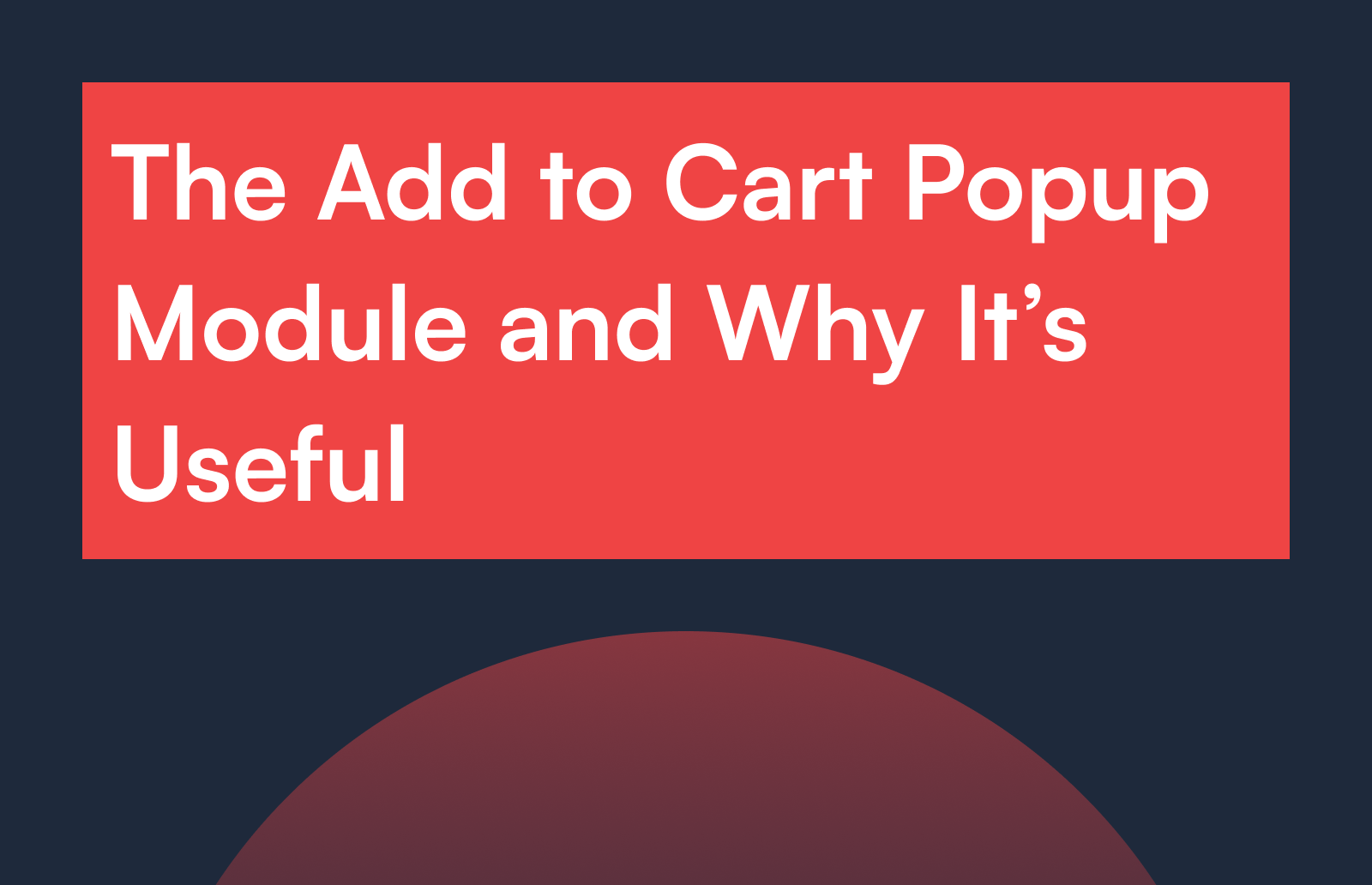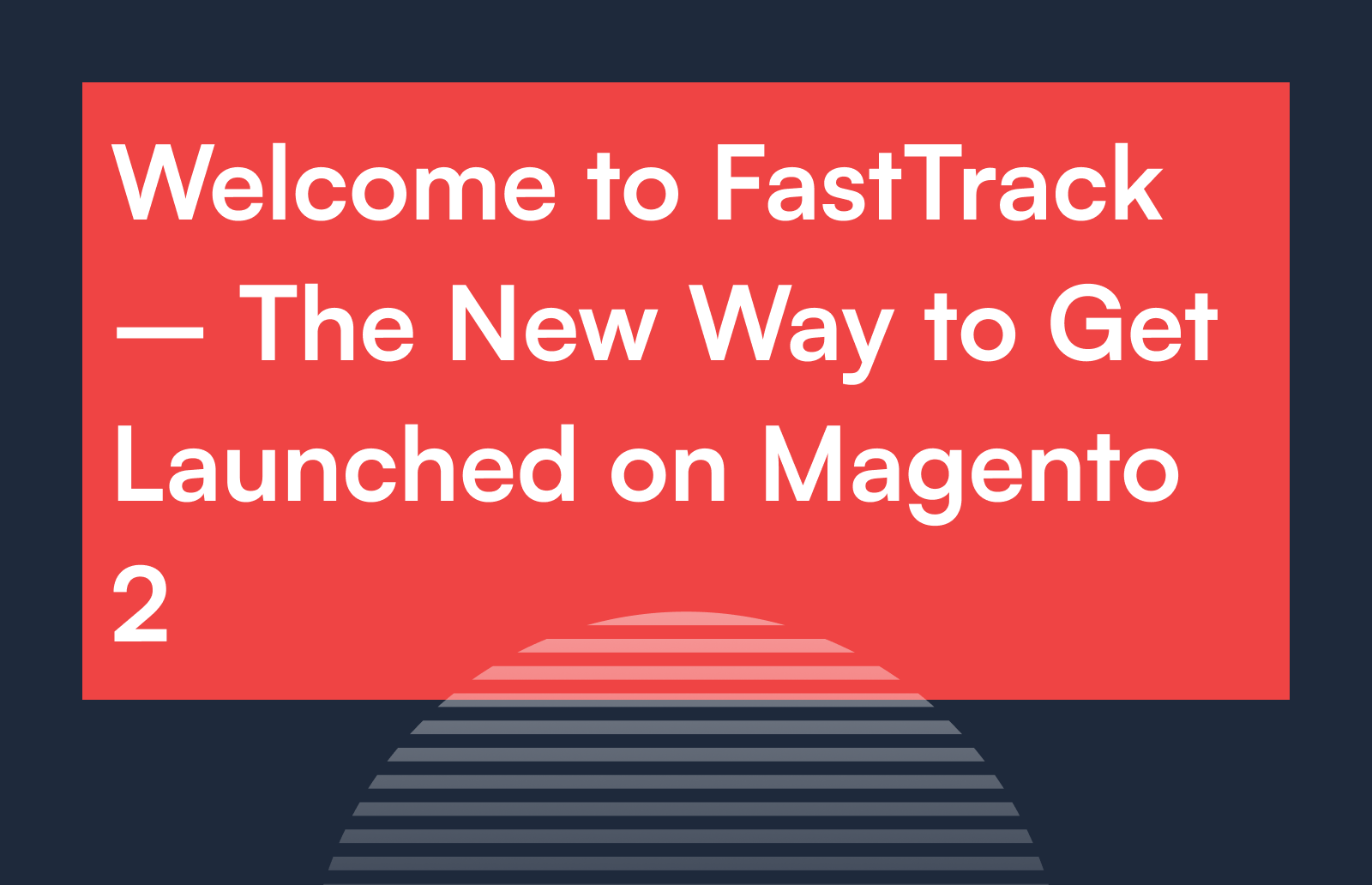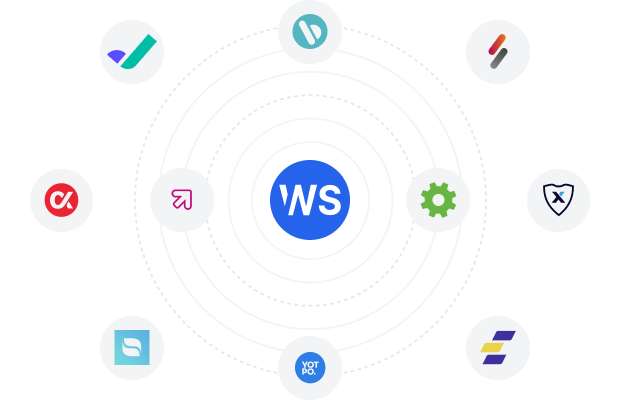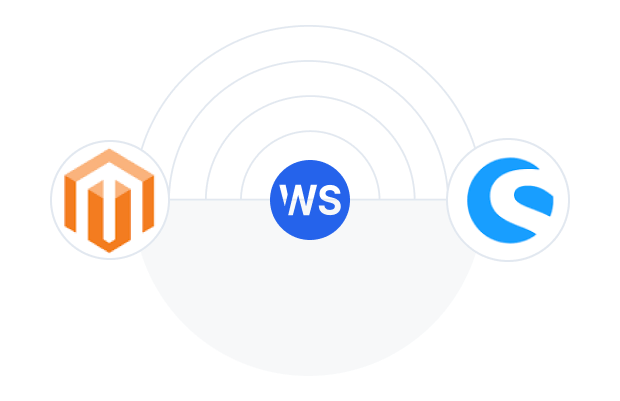
Custom B2B eCommerce Solutions Tailored To Your Needs
We are proud to be a full-service eCommerce agency dedicated to helping brands reach their goals.
We specialize in building custom eCommerce solutions using the latest open-source technologies to provide tailored experiences for our clients. Our team of experienced professionals is committed to helping brands create a lasting digital presence.
Your B2B Ambition, Our Expert Solution
01 /
B2B Digital Blueprinting
Crafting a roadmap tailored to B2B complexities, ensuring your online venture starts with a clear vision and strategy.
02 /
Migration & Upgrades
Seamlessly transitioning your B2B operations to a modern platform or migrating from B2C to B2B functionalities with minimal disruption.
03 /
B2B UX/UI Design
Designing intuitive and efficient interfaces optimized for bulk orders, account hierarchies, and other B2B-specific interactions.
04 /
Customized Pricing Modules
Implementing dynamic pricing, volume discounts, and customer-specific price lists to cater to varied B2B clientele.
05 /
Integration Mastery
Seamlessly connecting your eCommerce platform with ERPs, CRMs, and other systems crucial for smooth B2B operations.
06 /
B2B SEO & Content Strategy
Optimizing your site for B2B search terms and crafting content that resonates with business buyers.
07 /
Advanced Analytics & Reporting
Providing insights into customer behavior, order trends, and sales metrics, essential for B2B decision-making.
08 /
Training & Support
Empowering your team with the tools and knowledge to leverage your B2B platform to its fullest.
09 /
B2B Marketing & Lead Generation
Crafting campaigns to attract and nurture business clients, from awareness to conversion.
10 /
Security & Compliance Consulting
Ensuring your B2B platform adheres to industry standards and regulations, keeping business data secure.
Build with B2B
Commerce Experts
We are your perfect choice for any eCommerce project. Whether you’re a small business or a global corporation, we have the skillset and resources necessary to help you succeed. We’ve worked with some of the world’s largest companies putting us in an ideal position to assist with your next project.
01 /
Strategy and Road Map
Building a website isn’t something you do without a plan.
02 /
UX and Creative
Design isn’t just creative collateral. It’s the application of your creativity to sell an experience – that sells your brand.
03 /
Develop and Build
Creating a custom website goes better with an expert, which is why we only work with senior engineers.
04 /
Maintain and Optimize
Constant uptime, data-driven optimization, and personalized marketing all play a part in a successful online store.
B2B Power-Pack: Features You Can’t Overlook
01 /
Tiered Pricing Structures
Allow customization based on client type, purchase volume, or contractual agreements.
02 /
Bulk Order Capabilities
Efficiently manage and process large volume orders typical in B2B transactions.
03 /
Personalized Customer Portals
Offer custom dashboards for clients to view order histories, track shipments, and manage their account details.
04 /
Advanced Search & Filtering
Help business buyers quickly locate the exact products or services they require.
05 /
Flexible Payment Options
Cater to varied business needs, including purchase orders, line of credit, invoicing, and more.
06 /
Content-rich Product Pages
Detailed product information, specs, and documentation to aid informed purchasing decisions.
07 /
Inventory & Backorder Management
Real-time updates on product availability and transparent communication on backordered items.
08 /
Multi-user Account Hierarchies
Allow businesses to set up multiple users with different roles and permissions within a single account.
09 /
Integrated Quotation Systems
Facilitate custom quote requests and negotiations digitally.
10 /
Responsive & Mobile Optimized
Ensuring business clients can place orders and manage their accounts on-the-go, from any device.
Frequently Asked Questions
What’s the difference between B2B and B2C eCommerce?
B2B (Business-to-Business) commerce targets sales between businesses. This often involves bulk orders, customized pricing, and longer sales cycles. B2C (Business-to-Consumer), however, focuses on selling directly to individual consumers, with emphasis on quick purchases and more emotional marketing tactics.
How do I determine the right platform for my B2B eCommerce business?
Do I need different content strategies for B2B versus B2C?
How do I manage bulk orders and customized pricing in B2B eCommerce?
Is mobile optimization essential for B2B eCommerce?
How do I handle long sales cycles typical in B2B transactions?
Can I integrate my ERP or CRM system with my B2B eCommerce platform?
Learn more from our B2B experts
First-Class Partnerships for Maximum Growth
We’ve teamed up with industry-leading solutions, dedicated to providing merchants the best resources for their growth journey.
Let’s Get Real About Your eCommerce Success!
No fluff. Just results. Join forces with us and let’s make tangible progress on your online aspirations.












